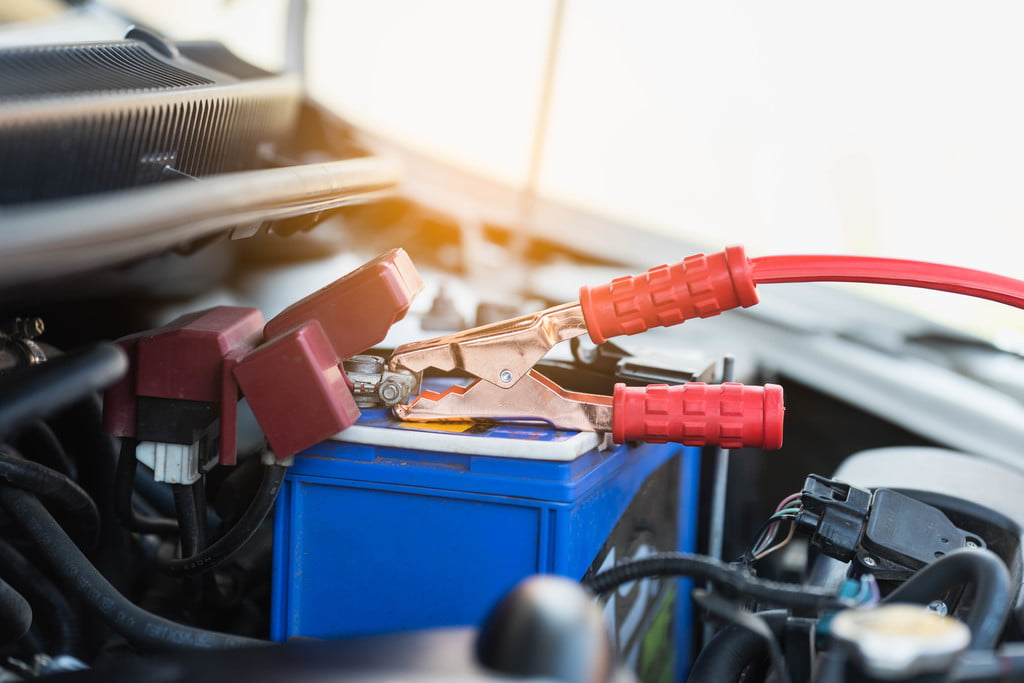
It doesn’t really matter if you’ve waxed your car to its glossiest threshold, or you’ve upgraded its sound system to the latest speaker model with excellent bass level. When you’re commuting, renting a motorhome for a road trip, or out and about doing errands, the basics matter the most. A dead car battery can be a nuisance to add to your schedule. This problem can stem from many different reasons, including leaving your car in freezing temperatures, keeping the interior lights or headlights on while the car engine is off, and going for long periods without starting your car. Replacing the battery is usually the first course of action, but recharging it proves to be the best solution in most cases.
If you ever find yourself in a dead car battery situation, fret not. As stressful as it may sound, recharging a battery only requires very little in terms of car maintenance and mechanical experience or tools. Read on and find tips on how to get your car battery up and running safely and efficiently.
Preparing to charge the battery
Your safety is of the utmost importance when it comes to working on your vehicle. Equipping yourself with the proper gear is the first step to charging your car’s battery. Use protective eyeglasses to shield yourself from sparks, fluid, or any falling material, as well as gloves to safeguard your hands from possible pinches and cuts. Keep children away from the area while you work.
Additionally, you’ll need to identify the type of battery you have and its voltage in order to charge it properly. These details are usually written on the battery itself, but if not, you may have to check the manufacturer’s website. Common types of batteries include wet cell and Valve Regulated Lead-Acid Battery (VLRA), which come in the form of Absorbed Glass Mat or Gel Cell batteries.
Charging the battery
Through a battery charger
One of the easiest ways to juice up your car’s battery is by using a portable charger. It’s a standalone device that connects to the car’s positive and negative battery terminals. There are different models available on the market, but most types offer quick-charge and jump-start modes, which are perfect for speedy battery charges. Other charging modes include trickle, lower power, and long-term charge, which are designed to safeguard batteries and keep them in tip-top shape.
After you’ve decided what mode to use for your car battery, turn on the charger, and let it do the work. Charging time can be as fast as 15 minutes to several hours, depending on the mode. Some chargers have an indicator light built into them, so you’ll know exactly when the battery is fully charged. Newer digital chargers even pack a microprocessor inside, which monitors how much the battery has charged, and then automatically stops the process when charging is complete.
Through jumper cables
Another common way to recharge a battery is by jump-starting it. This method is especially perfect if you are away from home or don’t have a portable power source. Jumper cables are used to supply power to a dead battery through a functional battery from another car. Before doing this, make sure the dead battery is intact and doesn’t have any visible acid leaks or cracks. Turn off all accessories and lights as well to avoid causing the battery to arc while it’s being charged. You may also opt to clean the terminals to ensure a stable connection on both batteries.
Avoid mixing up the connection of the terminals and cables, as this could lead to damage or a fire — positive ends are for positive terminals and negative cables are for negative terminals. Also, do not let negative cables droop into the engine bay where they may possibly touch metal, which can serve as a ground to complete the circuit.
Once the cables are securely connected, start the functioning vehicle, and allow its electrical system to juice up the dead battery. The longer the battery has been dead, the longer it will have to be charged for it to start. Keep it running for a few minutes before trying to start the other vehicle.
If the vehicle dies after disconnecting it from the functioning car, check to see if the battery is connected properly. If the car starts and runs well, disconnect the jumper cables, but don’t turn off the engine right away. Continue running it for a bit, or take it for a short drive to give its alternator a chance to thoroughly charge the battery.
Other tips
Using a battery charger or jump-starting did not work? Remove the battery and have it checked by your local auto parts store to know if it can be serviced or needs to be replaced. You may also want to check the alternator. A faulty alternator may be what’s preventing the battery from charging sufficiently.


